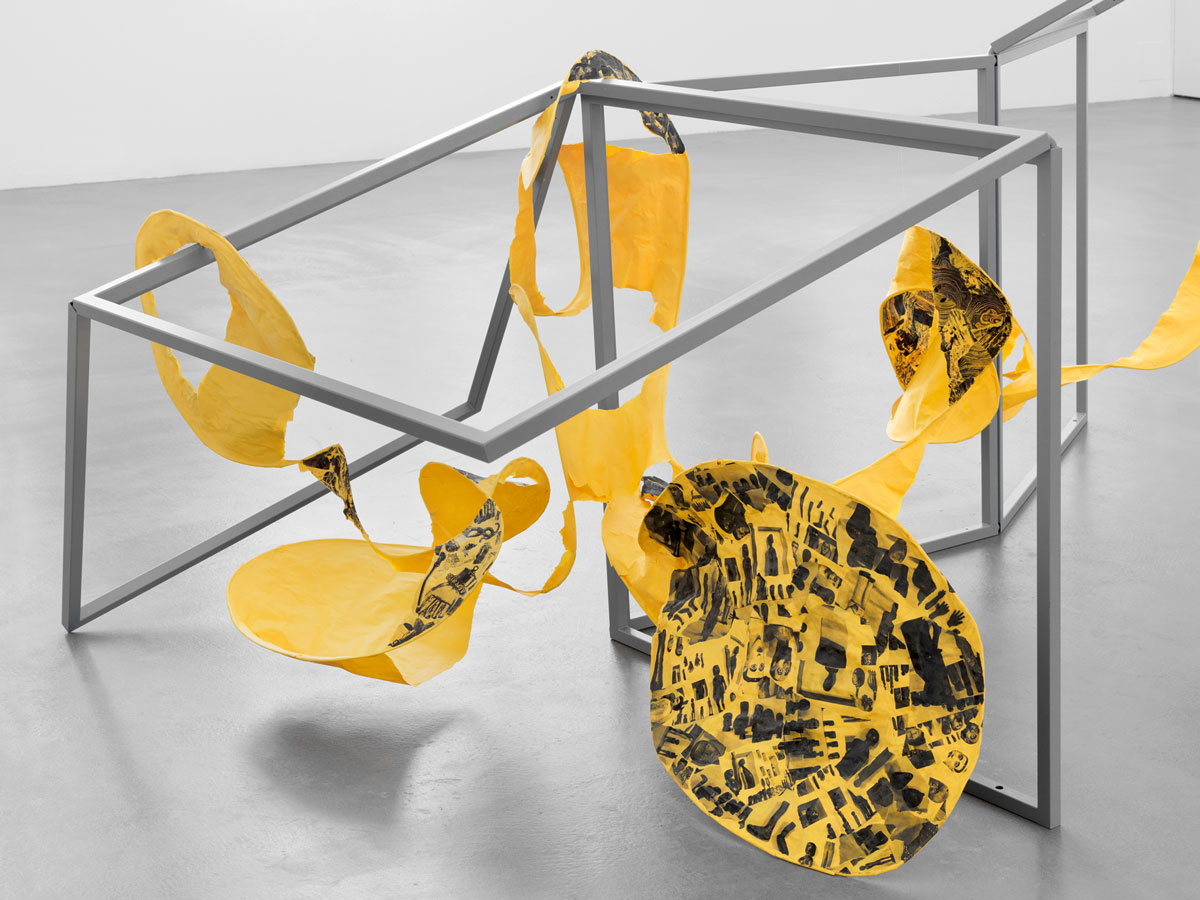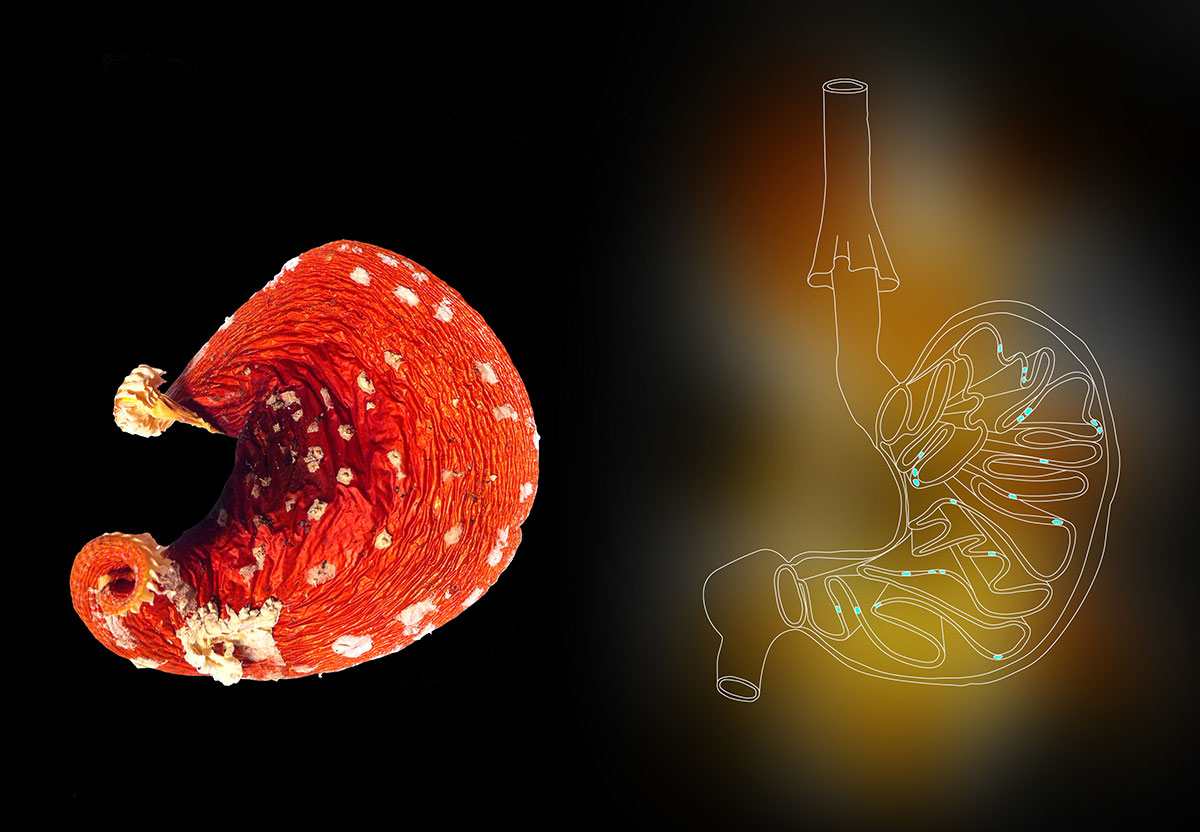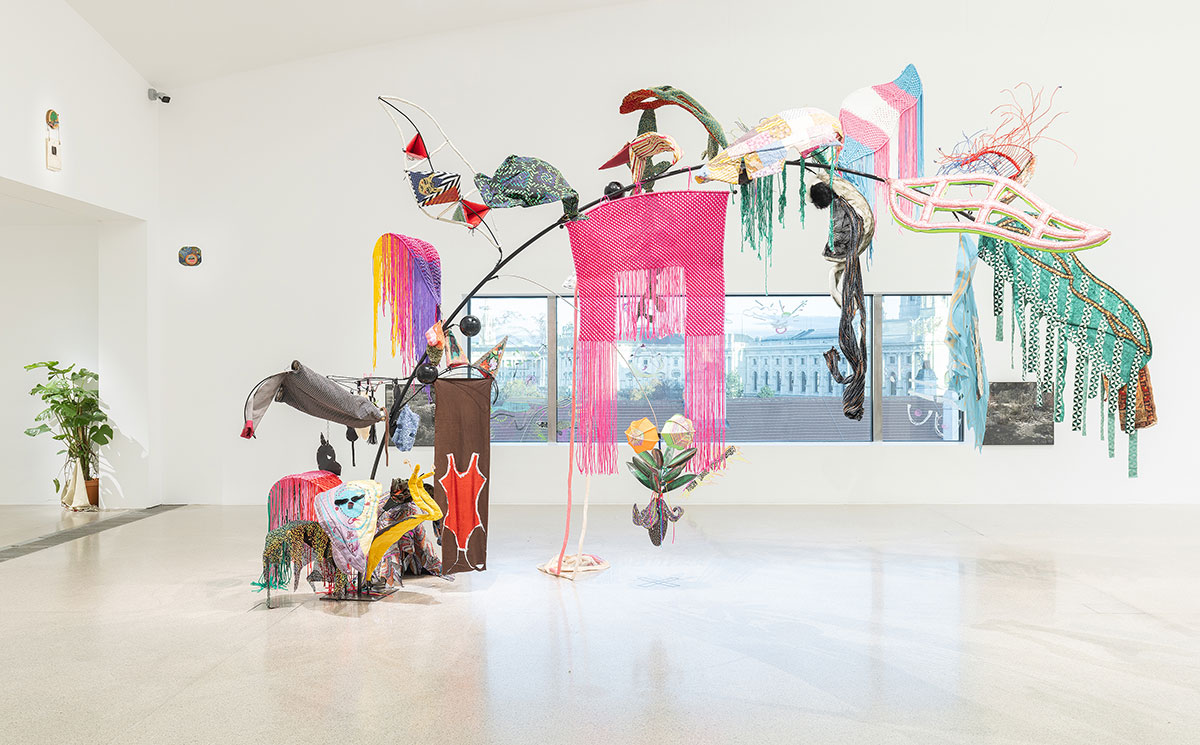ART CITIES: Vienna-Mixed Up With Others Before We Even Begin
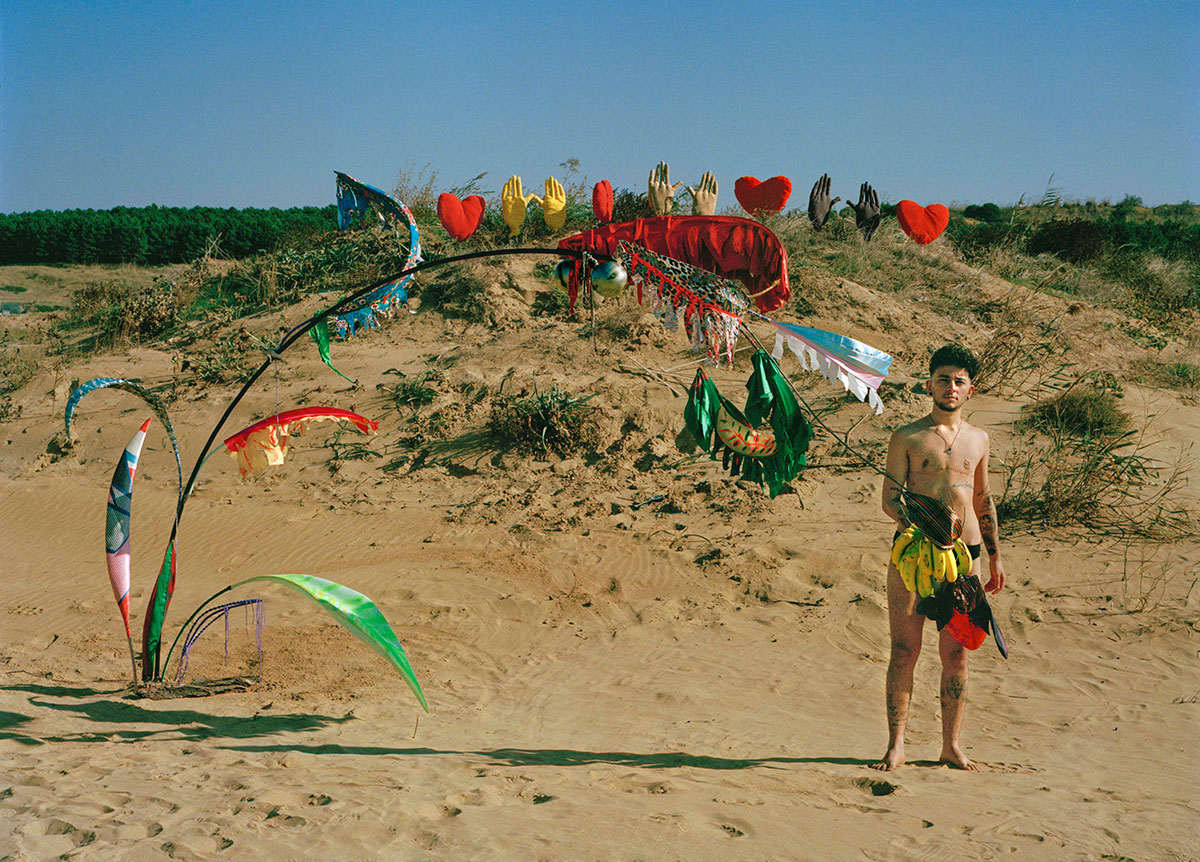 The exhibition “Mixed Up With Others Before We Even Begin” investigates artistic phenomena that reconcile different, often contradictory entities within contemporary visual culture. The exhibition posits these forms of coming into contact and being related against the imperatives of autonomy, originality, and authenticity, and also against a Western notion of purity, which expedited in the modern age and is increasingly voiced once again on the global stages of politics and economy.
The exhibition “Mixed Up With Others Before We Even Begin” investigates artistic phenomena that reconcile different, often contradictory entities within contemporary visual culture. The exhibition posits these forms of coming into contact and being related against the imperatives of autonomy, originality, and authenticity, and also against a Western notion of purity, which expedited in the modern age and is increasingly voiced once again on the global stages of politics and economy.
By Dimitris Lempesis
Photo: Mumok Archive
The participating artists of exhibition “Mixed Up With Others Before We Even Begin” enter into a dialogue with works from the mumok collection and objects from the collections of the Natural History Museum Vienna. The combination of their works with museum artefacts foregrounds methods that generate hybrids as an effective strategy, not only in artistic but also societal and political realms. mixed up with others before we even begin explores historical-cultural processes of mixing as a means to circumvent unvarying monoculture and to counter pervasive notions of infection and contamination with something positive. It encompasses moments of friendly encounter and gathering as well as those of the intense collision of opposites, too. The sculptures of Ugandan artist Leilah Babirye celebrate the tension between local traditions and the global context through confronting traditional art from Africa with Western modernism. In this dialogue, she leverages mechanisms of exclusion on both sides. By integrating works of classical modernism from the mumok collection into her queer army of lovers, the artist appropriates the exoticizing view of African imagery that was fashionable in sophisticated early twentieth century European art circles. The work of Nilbar Güreş, who grew up in Turkey, deals with the personal and social constraints engendered by heteronormativity and expressed in the biological and social categories of woman and man. In a sculpture developed especially for the exhibition—a tree of knowledge of sorts—she humorously demonstrates just how central the question of sexual orientation or preference and the relationship between the sexes is in this context. In the case of Peruvian-raised Nicolás Lamas, it is less about the divides between the sexes, but rather the interfaces and fractures between art, science, technology, and everyday culture. The artist works with a repository of partly found, partly self-made objects and images, which he combines into ever new arrangements. In the exhibition, his works converge with objects from the Natural History Museum Vienna, rendering the ossified categories of art and science porous. When Mexican-born artist Mariana Castillo Deball investigates diverse subjects such as the pre-Hispanic history of her country, mathematical models, or fables, myths, and other forms of literature, it is always objects that come to her attention. She questions these “non-humans,” as she refers to her items of choice, about what they have to say about the world—a world we humans construct around them, one we manipulate, define, and whose objects we use in different ways. The work of the Berlin-based collective Slavs and Tatars addresses and performs multilingualism. In their artistic practice dedicated to the social and cultural contexts of the terrain “east of the former Berlin Wall and west of the Great Wall of China,” they deconstruct the notion of culture as something bound to a nation-state, religion, or language. Syncretism becomes a principle here. In the exhibition, Slavs and Tatars bring together their own language-based works with those from the collection that deal with body parts as an affective, sensual aspect of language. Anetta Mona Chişa and Lucia Tkáčová, who grew up in Romania and Slovakia, are responsible for the exhibition architecture of mixed up with others before we even begin. Designed for the previous exhibition Collaborations, the ruins of this display serve as both the conceptual and spatial framework for the current show. In addition, the duo presents a site-specific intervention that unfurls like a mycelium in the exhibition spaces and proliferates to the point that the fungus changes the name of the museum written on the façade of the striking black building.
Participating artists: Leilah Babirye, Mariana Castillo Deball, Anetta Mona Chişa & Lucia Tkáčová, Nilbar Güreş, Nicolás Lamas, Slavs and Tatars
Photo: Nilbar Güreş, Applaus, 2021, Medium format photography, 130 × 180 cm, Courtesy of the artist and Galerie Martin Janda, Vienna
Info: Curator: Franz Thalmair, mumok (Museum moderner Kunst Stiftung Ludwig Wien), Museumsplatz 1, Vienna, Austria, Duration: 26/11/2022-10/4/2023, Days & Hours: Tue-Sun 10:00-18:00, www.mumok.at/
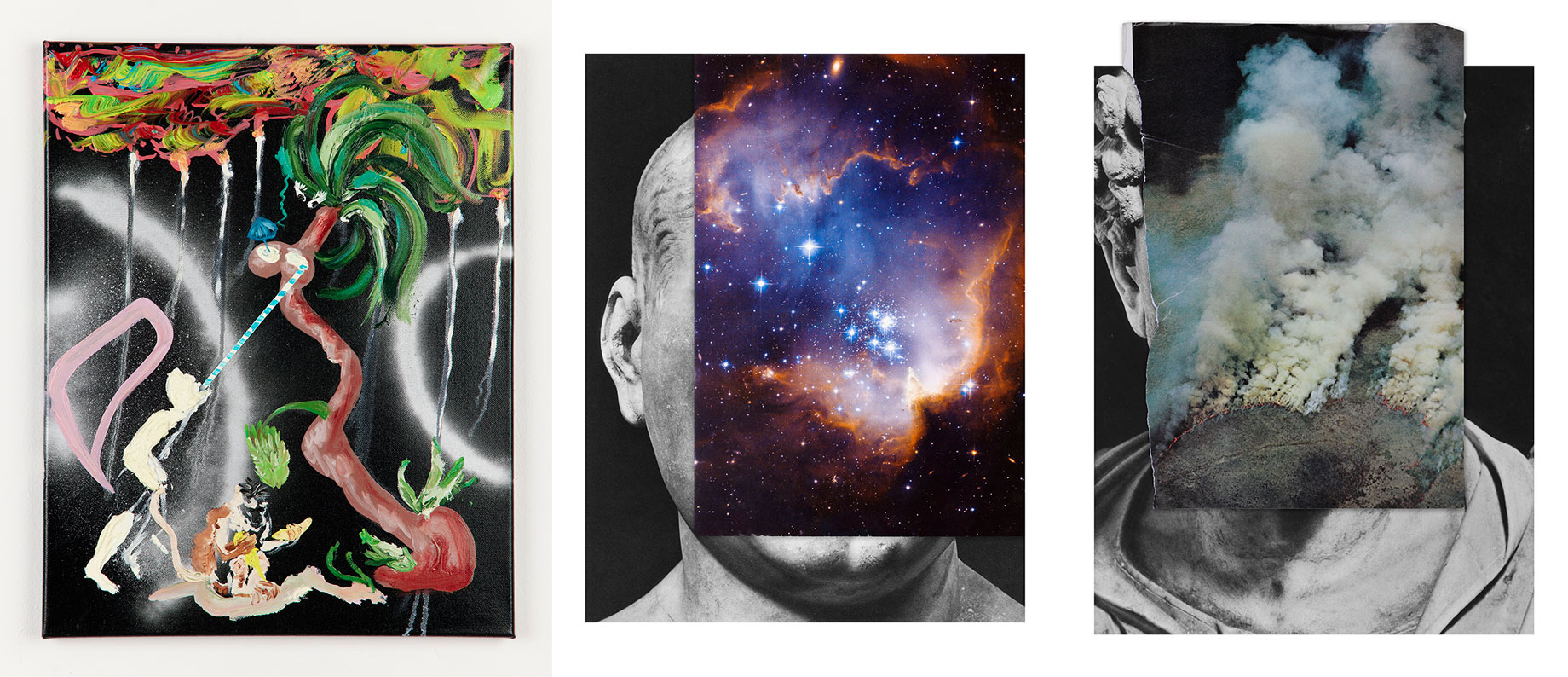
Center: Nicolás Lamas, Posthuman Portrait (Cosmos), 2021, Digital collage, archival pigment print, 180 × 135 cm, Courtesy of the artist and Meessen De Clercq, Brussels, © Bildrecht, Wien 2022
Right: Nicolás Lamas, Posthuman Portrait (Volcano), 2021, Digital collage, archival pigment print, 180 × 135 cm, Courtesy of the artist and Meessen De Clercq, Brussels, © Bildrecht, Wien 2022
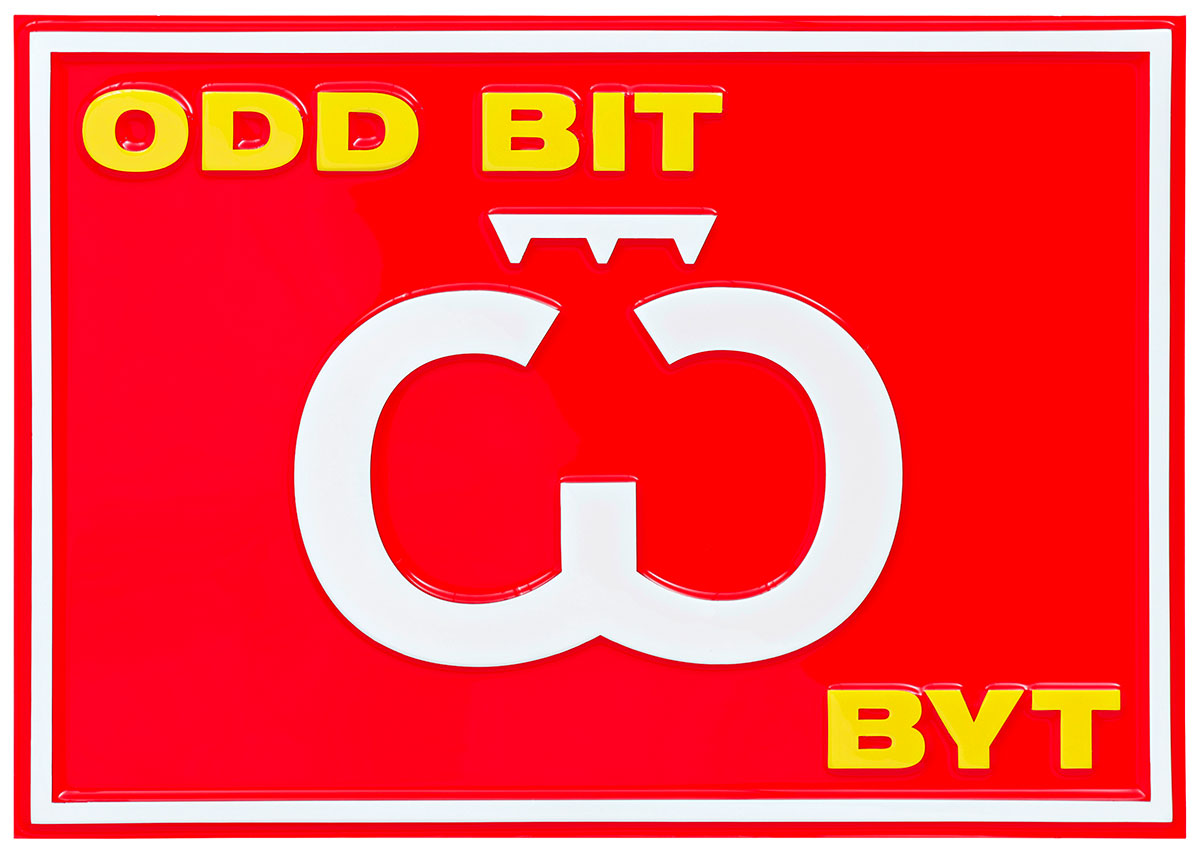
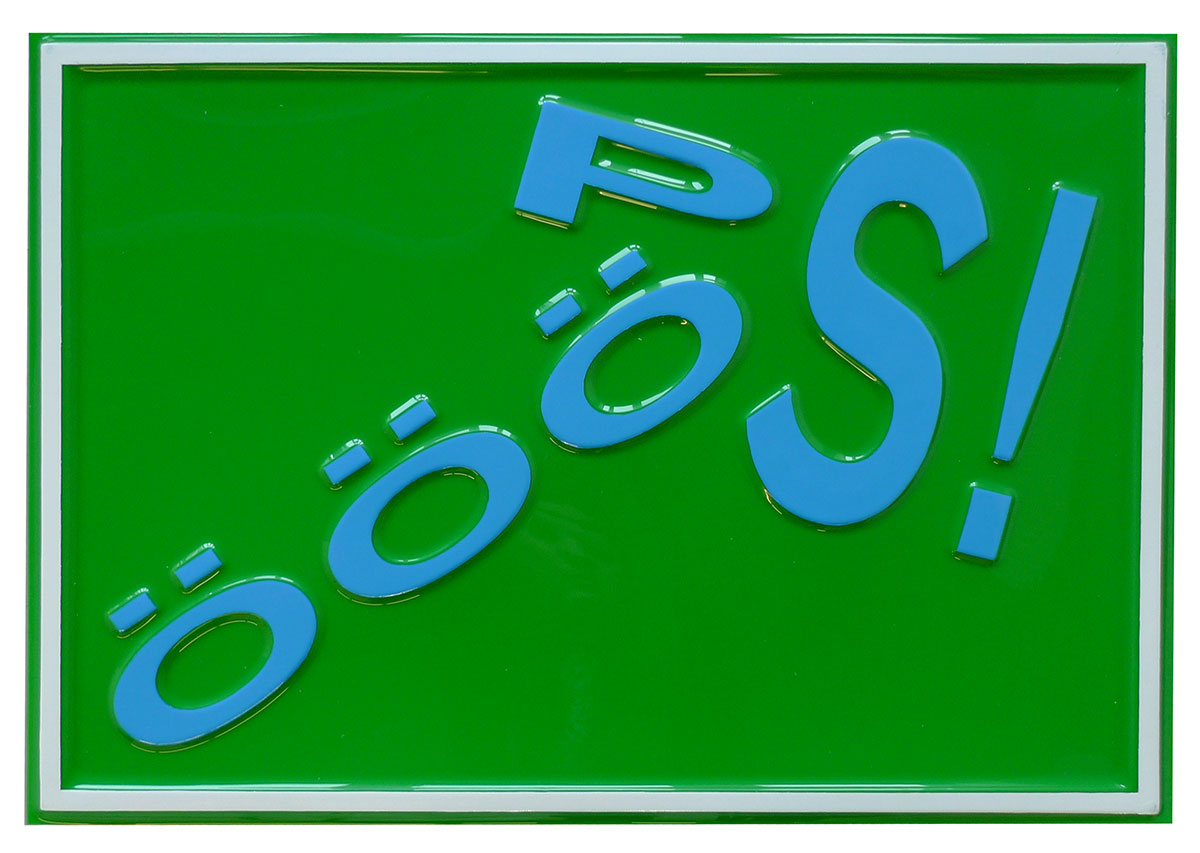

Center: Mariana Castillo Deball, Microhistoria, 2011, Paper-mâché, aluminium wire, laser prints, Courtesy of Mariana Castillo Deball and Barbara Wien, Berlin, © the artist
Right: Leilah Babirye, Untitled #2 (The Queens Series), 2016, Glazed ceramic, metal, found objects, 6 x 7 x 9 inches, Courtesy of Gordon Robichaux, NY and Stephen Friedman Gallery, London, Photo: Cathy Carver, © the artist
